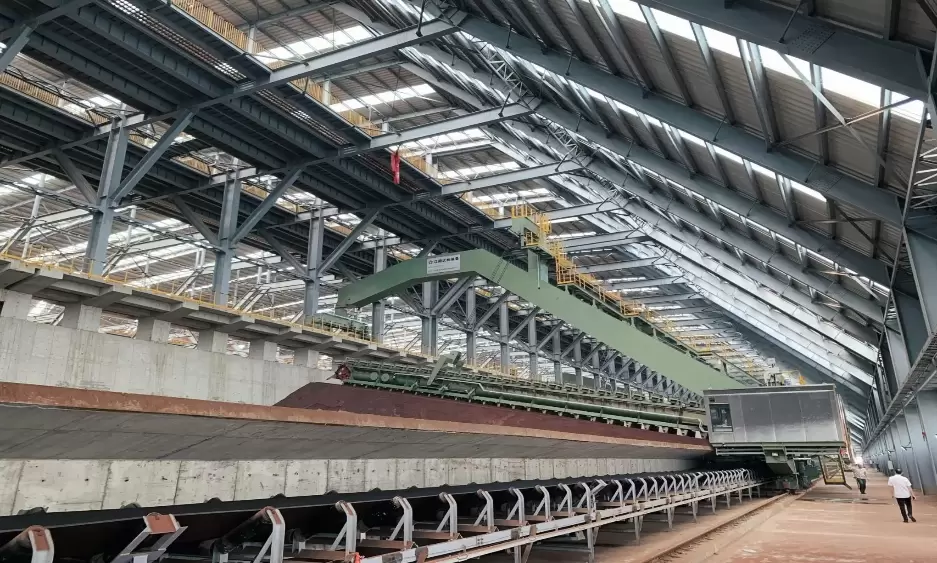How does the 3 axis CNC vertical machining center work?

In the world of precision manufacturing, the CNC vertical machining center stands as a pinnacle of technological advancement. This sophisticated piece of equipment has revolutionized the way complex parts and components are produced, offering unparalleled precision, efficiency, and versatility. In this blog post, ZODE Machinery will delve into the working principle of 3 axis CNC vertical machining center for sale, exploring its key components, functions, and the overall process it undergoes to bring intricate designs to life.
1. Understanding the Basics of CNC Machining:
Before diving into the specifics of the 3-axis CNC vertical machining center, it is essential to grasp the fundamentals of Computer Numerical Control (CNC) machining. CNC machining involves the use of computerized controls to automate the movement and operation of machine tools, enabling precise and repeatable manufacturing processes. This technology has transformed the manufacturing industry, allowing for increased productivity, accuracy, and flexibility.
2. The Anatomy of a 3-Axis CNC Vertical Machining Center:
The 3-axis CNC vertical machining center is composed of several key components that work in harmony to execute intricate machining operations. These components include the machine bed, column, spindle, tool changer, and control system. Each element plays a crucial role in ensuring the smooth and efficient operation of the machining center.

3. The Functionality of the 3-Axis CNC Vertical Machining Center:
The primary function of the 3-axis CNC vertical machining center is to remove material from a workpiece to create a desired shape or form. This is achieved through a series of coordinated movements along the X, Y, and Z axes. The X-axis represents the horizontal movement, the Y-axis represents the vertical movement, and the Z-axis represents the depth or axial movement. By combining these three axes, the machining center can perform a wide range of complex operations, such as drilling, milling, and cutting.
4. The Machining Process:
The machining process begins with the creation of a digital design or CAD (Computer-Aided Design) model. This design is then converted into a program or set of instructions that the CNC machining center can understand. The program is loaded into the control system, which acts as the brain of the machine. The operator sets the necessary parameters, such as tool selection, cutting speed, and feed rate, and initiates the machining process.
As the machining center starts its operation, the spindle rotates at high speeds, while the cutting tool engages with the workpiece. The machine moves along the designated axes, precisely removing material according to the programmed instructions. The tool changer allows for automatic tool swapping, enabling the machining center to perform multiple operations without manual intervention.
5. Advantages of the 3-Axis CNC Vertical Machining Center:
The utilization of a 3-axis CNC vertical machining center offers numerous advantages over traditional machining methods. These include:
- Enhanced Precision: The CNC technology ensures consistent and accurate machining, resulting in high-quality finished products.
- Increased Efficiency: The automation and speed of the machining center allow for faster production cycles and reduced lead times.
- Versatility: The 3-axis configuration enables the machining center to handle a wide range of part geometries and materials.
- Cost-effectiveness: CNC machining centers offer cost savings through reduced labor requirements and minimized material waste.
Conclusion:
The 3-axis CNC vertical machining center represents a remarkable feat of engineering, combining advanced automation, precision, and versatility. Its ability to transform digital designs into tangible products with exceptional accuracy has revolutionized the manufacturing industry. By understanding the inner workings of this powerful machine, we gain a deeper appreciation for the intricacies involved in the production of complex parts and components. As technology continues to evolve, the CNC vertical machining center will undoubtedly remain at the forefront of precision manufacturing, driving innovation and shaping the future of the industry.
Nantong Zode
sales@zodemc.com


